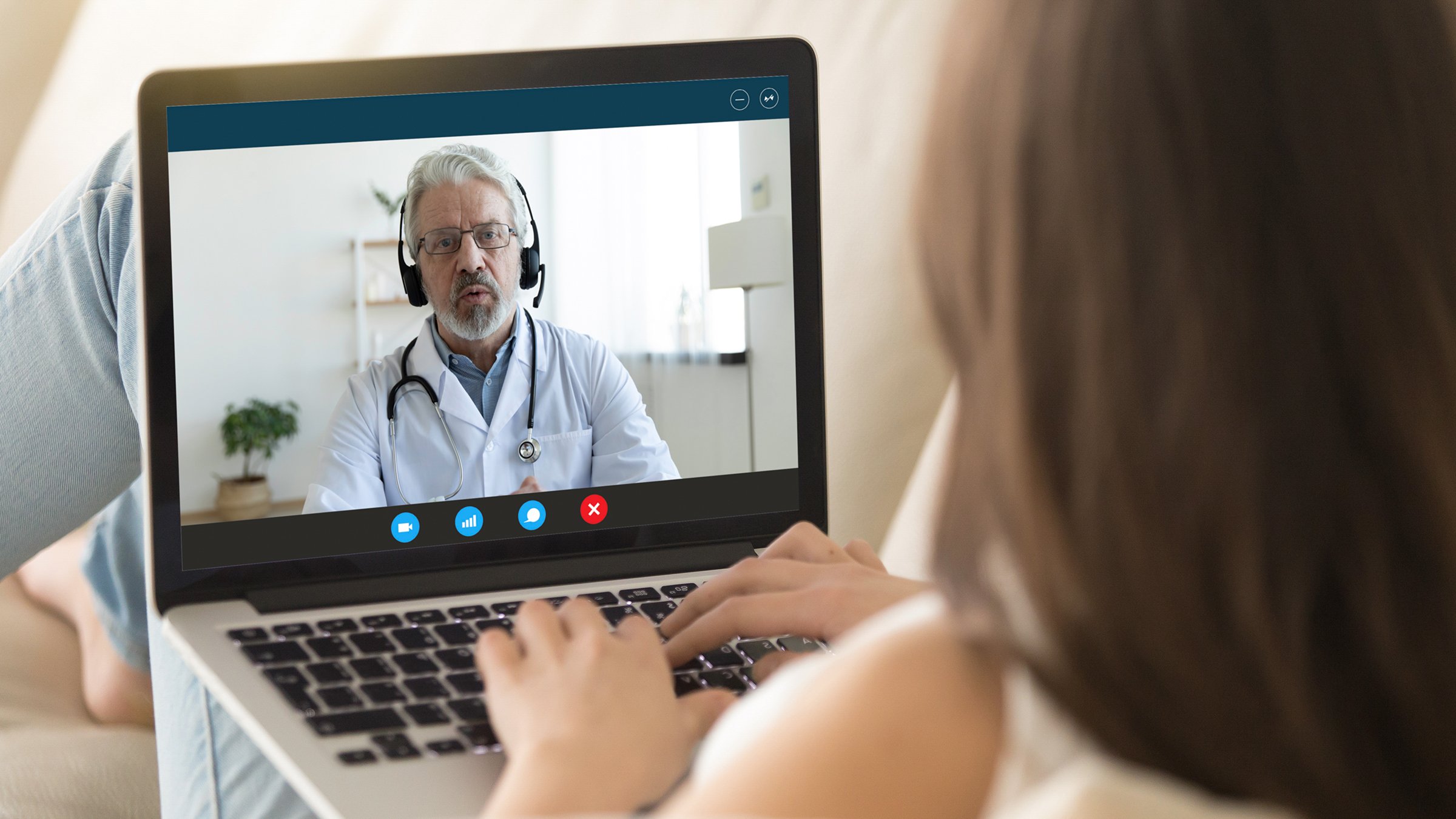Recommended For You
Challenge
How to most effectively apply and integrate telemedicine into a regional response framework.
Solution
We designed a comparative simulation study to examine one of the potential applications of regional telemedicine network to disaster response.
Results
The study presents quantitative results of simulation studies testing the concept of a telemedicine (TM) hub for post-disaster patient management.
Background
Telemedicine (TM) is a tool that permits medical services to be provided remotely. Applications of telemedicine to disaster response began in the mid-1980s for natural disasters such as earthquakes, tsunamis, and hurricanes and for “staged” disasters in experiments and exercises. These activities led to the concept of a regional telemedicine hub (TMH) with an extended network of clinical providers, which potentially could alleviate problems associated with surge capacity during disaster response. However, health-related benefits associated with this organizational model for disaster-related telemedicine remain to be quantitatively tested. In this paper, we describe a simulation study used to examine the operation of a regional telemedicine hub during the acute phases of hospital patient management in a hypothetical earthquake scenario. We explore the impact of using telemedicine to provide emergency specialty care to expand surge capacities at both local and regional levels.
Challenge
How to most effectively apply and integrate telemedicine into a regional response framework.
Solution
We designed a comparative simulation study to examine one of the potential applications of regional telemedicine network to disaster response. The scenarios concentrate on the early phases of hospital patient management. We explore the impact of using telemedicine to provide emergency specialty care to patients at local hospitals on medical surge capacities at both local and regional levels. We aim to (1) provide a conceptual framework to incorporate telemedicine into emergency response; and (2) determine where it is appropriate to apply quantitative analysis to improve the effectiveness of disaster response activities, potentially measured through such factors as treatment capability and time to definitive treatment.
Results
The study presents quantitative results of simulation studies testing the concept of a telemedicine (TM) hub for post-disaster patient management. They suggest that TM-aided triage and treatment along the entire process of health system emergency response may improve the efficiency of resource utilization and care coordination in these settings. We believe the proposed TM Hub model provides a useful planning and training platform for regional disaster response preparations.
Our preliminary results suggest that a TM-enhanced strategy of preserving local management of disaster victims (i.e., not sending large number to DRC) may improve health outcomes. With essentially the same resources (i.e. local and DRC ED beds and doctors), health outcomes are typically better when telemedicine is used in disaster scenarios of various scales. More specifically, average patient waiting times at both local facilities and DRC are reduced, and total number of patient deaths is decreased. In all the scenarios we considered, we observe that application of telemedicine helps local EDs serve more patients locally while maintaining lower ED bed occupation rates by reducing patients’ waiting (boarding) times, hence utilizing resources more efficiently. On the other hand, properly functioning TMHs will require rapid access to competent external specialists for optimal performance. In other words, benefits of telemedicine in heavy demand disaster scenarios require the rapid availability of external specialists, stressing the need to establish and maintain such resources for emergent uses.
The simulation models provide a basis for generalizable applications to the design and functioning of telemedicine systems for disaster response in general. However, there are a few limitations to this simulation study. First, the comparative study explores the requirements and process for incorporating telemedicine into the hospital-based medical response only. Incorporation of, and impacts of telemedicine activities on, command-and-control systems such as ICS as well as other disaster response systems such as EMS, are not examined. Next, a number of assumptions have been made as to patients’ arrival patterns at the local facilities, injury types that may be presented, scales of patient’s injury severity, as well as representation of various treating processes. Although the simulation is able to describe the medical response process (sequence of events and resource requirements) in general, advanced models will need to be constructed and incorporated to represent more complicated issues that arise in reality. Last but not the least, we need to understand that simulation is not an optimization tool. It may be used to evaluate the performances of alternatives (such as different queue length threshold values for transfer rules) in various scenarios. However, it is not able to directly provide a solution, or suggest a policy, that can be used to guide the operations and routing directions within the process.
We believe that existing telemedicine technology can be applied to current disaster response activities to enhance surge capacity of the healthcare system and the speed and effectiveness of medical response, to facilitate communications and improve resource and operations planning and to increase situational awareness within the command and control system and overall community. A working process of delivering emergency specialty care via telemedicine is proposed, and its performance and benefits quantitatively demonstrated through a comparative simulation study.
Publié 1 août 2014



